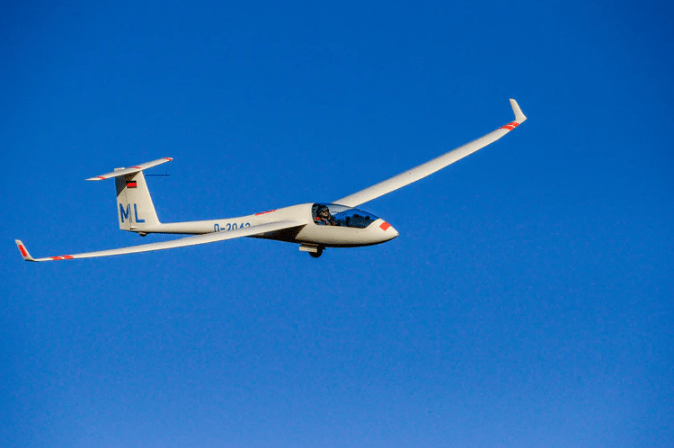Glider or glider planes are aircraft that do not need to have a motor in order to fly. Control-sticks control this type of aircraft, and it can only accommodate one to two persons. Some refer to gliders as non-powered aircraft that are not lighter than air. In this article, we are going to learn more about some of the interesting facts you may not know about glider planes.
When Were Gliders Invented?
The earliest gliders were known to be created during the 1850s. However, it was not until the 1920s when flying them became a sport. After the First World War ended, the Treaty of Versailles imposed strict limitations on Germany when it comes to manufacturing powered aircraft. That is why Germans started to created sophisticated unpowered flying machines in the form of gliders. Since the 1930s, the use of glider planes became popular, and their popularity spread to other countries.
Glider Planes Had an Important Role During the Second World War
Big glider planes such as the Horsa, was used to deliver equipment and troops to dangerous battle zones during World War II. Unlike powered aircraft, gliders were much more silent, so the enemy could not hear if they came, thus preserving the element of surprise. The British government stopped using glider planes in a military context in 1957. However, they still use it for training cadets.
How Do You Fly a Glider?
As we mentioned, a glider is a non-powered aircraft, which means that getting the flying up in the air can be quite challenging. Today, glider pilots use aero tow and winch launch to get their gliders up and flying.
Why Do Gliders Have Long Wings?
Gliders have long wings because it helps spread the weight of the aircraft and the pilot across a wider area, thus assisting them to stay up in the air for longer. Each square meter of the wing has less lift to make, which maximizes the glider’s performance and allows a more extended flight.
Even without an engine, glider planes can fly smoothly and beautifully but do not expect it to stay up in the air for 3 hours because you will constantly lose altitude when you’re up there. The average glider falls at a rate of 150 feet per minute, which is why the glider’s pilot must look for air that is going up faster than the glider is going down.
Where Do Gliders Land?
If you’re enrolled in a trial lesson, then you will most likely land your glider back at the airfield you started from. But, if you’re a glider pilot who’s flying for fun, you will most likely land in a farmer’s field. You see, part of the training of being a glider pilot involves selecting or calculating the suitable place for landing.
What is the Highest Altitude ever Flown in a Glider?
The World Record of the highest glider flight was done by a man named Steve Fossett back in 2006. He flew above the Andes at 50,699 feet which is considered to be higher than any long-haul flight. It’s so high that the altitude is extremely thin and the air is freezing you should wear oxygen masks in order to survive.
What Does it Feel Like to Fly in a Glider?
Gliding is one of the relaxing forms of flying because a glider does not have an engine, and all you will hear when you’re up in the air is the wind blowing through your face, hair, and nose. Gliding is considered a raw form of flying, which means that you will fully get to experience what it’s like to fly, even for a short time.

